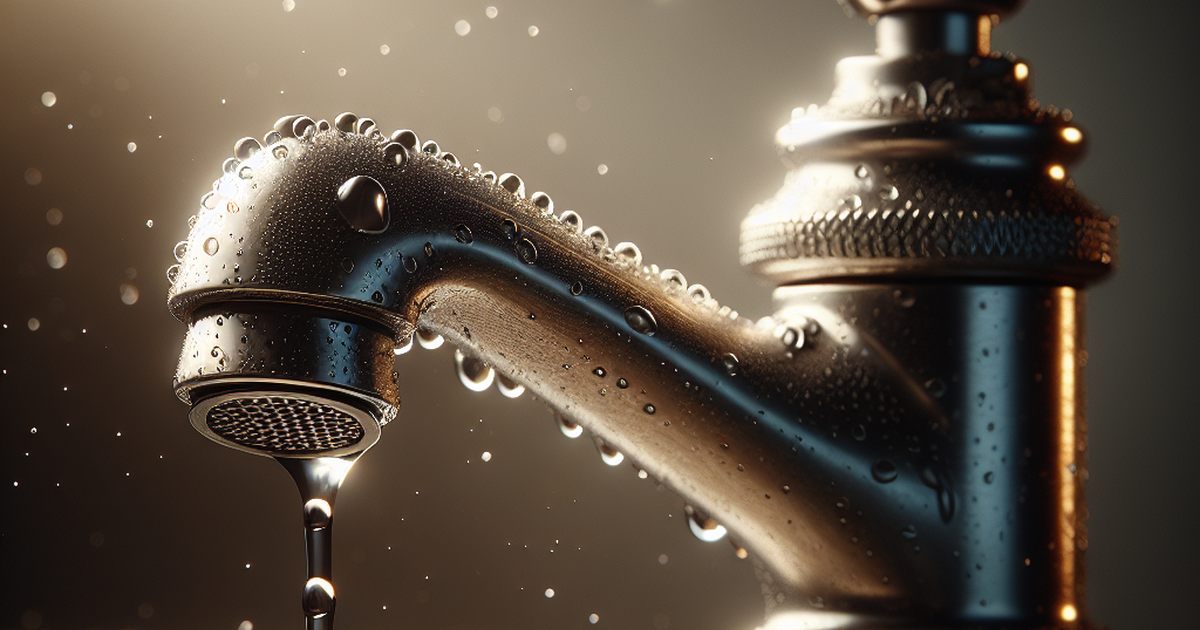FAQ: Microbial Risks in Touchless Faucets During Short Stagnation Periods

Summary
What is the main finding of this research on touchless faucets?
The study found that even short stagnation periods of 2-4 hours in touchless sensor faucets can significantly alter microbial water quality, with opportunistic pathogens like Legionella pneumophila beginning to proliferate after this critical window.
Why is short-term stagnation in faucets a concern?
While extended stagnation events have been well-studied, short stagnation periods of just a few hours are common in daily use but poorly understood, creating potential microbial risks that could affect water safety at the point of use.
How does temperature affect microbial growth in stagnant faucets?
At 30°C, microbial biomass nearly doubles but Legionella pneumophila growth is restrained, while at 40°C total biomass is reduced but L. pneumophila concentrations increase significantly, with a 260% rise after 10 hours.
What are the key time points identified in the study?
Researchers identified two pivotal turning points at 2 and 4 hours, where microbial diversity decreases and opportunistic pathogens begin to proliferate, creating a 2-4 hour ‘safety window’ before risks increase.
Who conducted this research and where was it published?
The study was conducted by a team from the Research Center for Eco-Environmental Sciences, Chinese Academy of Sciences, in collaboration with Georgia Institute of Technology, Michigan State University, and Delft University of Technology, and published in Environmental Science and Ecotechnology (DOI: 10.1016/j.ese.2025.100624).
What practical recommendations does the study provide?
The study recommends routine flushing after periods of inactivity and careful optimization of faucet heating between 30°C and 40°C to balance microbial safety and pathogen control.
What specific pathogen was monitored in this study?
The researchers specifically monitored Legionella pneumophila, an opportunistic pathogen that showed significant growth increases during stagnation periods, particularly at higher temperatures.
How does microbial diversity change during stagnation?
Microbial diversity remains relatively stable for the first two hours, but between 2-4 hours it collapses as biofilm-derived microbes begin to dominate, and after four hours the stagnant water’s microbial profile resembles that of biofilm.
What is the significance of the 2-4 hour ‘safety window’?
This window represents the period when water quality remains relatively stable before microbial risks significantly increase, indicating when flushing should occur to maintain safety in touchless faucet systems.

This story is based on an article that was registered on the blockchain. The original source content used for this article is located at 24-7 Press Release
Article Control ID: 260150